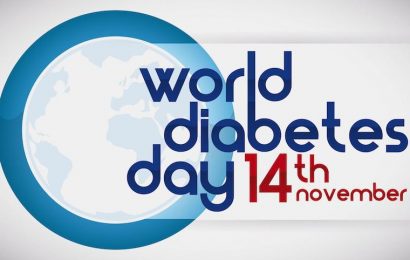A couple of weeks ago, we wrote about a German report that analyzed various studies and concluded that intensive blood glucose control for people with diabetes — maintaining near-normal blood glucose levels through aggressive treatment — has risks that outweigh its benefits in most cases. The analysis had several potential limitations; none of the included studies, for example, used intensive lifestyle intervention programs to lower blood glucose, instead relying primarily on drugs and insulin. But on the question of how aggressively to treat diabetes with these methods, the answer of the analysis was clear: not too aggressively.
Now, two other studies have been released that add new detail to this picture, making it somewhat more complicated. The first study, published in the journal Diabetes Care, examined the effects of intensive control on the progression of kidney disease in 1,791 people with Type 2 diabetes. As described in an article at Physician’s Briefing, the main measurements used to evaluate progression of kidney disease were the urine albumin-to-creatinine ratio (ACR), and estimated glomular filtration rate (eGFR). Overall, intensive control did not limit the worsening of ACR, but it did limit this worsening in people who had had certain eye surgeries already. Intensive control was also more likely to be beneficial in people with a higher body-mass index (BMI) and with lower blood pressure. Intensive control also helped reduce worsening of the eGFR in people who had a worse ACR, and in those who already used more insulin, at the beginning of the study. While exactly what these measurements mean can be confusing to a lay person, it is clear that some positive outcomes may result from intensive blood glucose control.
The other study, also published in Diabetes Care, examined the HbA1c levels of people with Type 1 diabetes who were admitted to the hospital in Scotland. As an article in the Irish Medical Times reports, based on the data of 24,750 people, those with an HbA1c level between 7.7% and 8.7% had the lowest rate of hospitalization. (The American Diabetes Association recommends an HbA1c level below 7% for most people.) Those with the highest HbA1c levels, between 10.8% and 18.4%, were almost three times as likely to be hospitalized. Those with the lowest readings, however — between 4.4% and 7.1% — were also 1.29 times as likely to be hospitalized as those in the 7.7–8.7% range. While this study indicates that there may be some danger from striving for ultralow blood glucose levels, it is unknown how many people in the study’s 4.4–7.1% range were striving for a normal HbA1c level (about 5% to 6%) and how many had an unintentionally low HbA1c level because of hypoglycemia. While the risk of hypoglycemia is higher in people who practice intensive blood glucose control, according to the German report, not all drugs or methods of control carry the same hypoglycemia risk — thus, it is possible that some treatments lead to a net positive effect from intensive control, while other treatments lead to a net negative effect.
What do you think — do these studies change the way you view intensive blood glucose control? If you have kidney disease, have you and your doctor made any changes to the way you manage your diabetes? Are you afraid of the risk of hypoglycemia that might come with intensive control? Leave a comment below!




